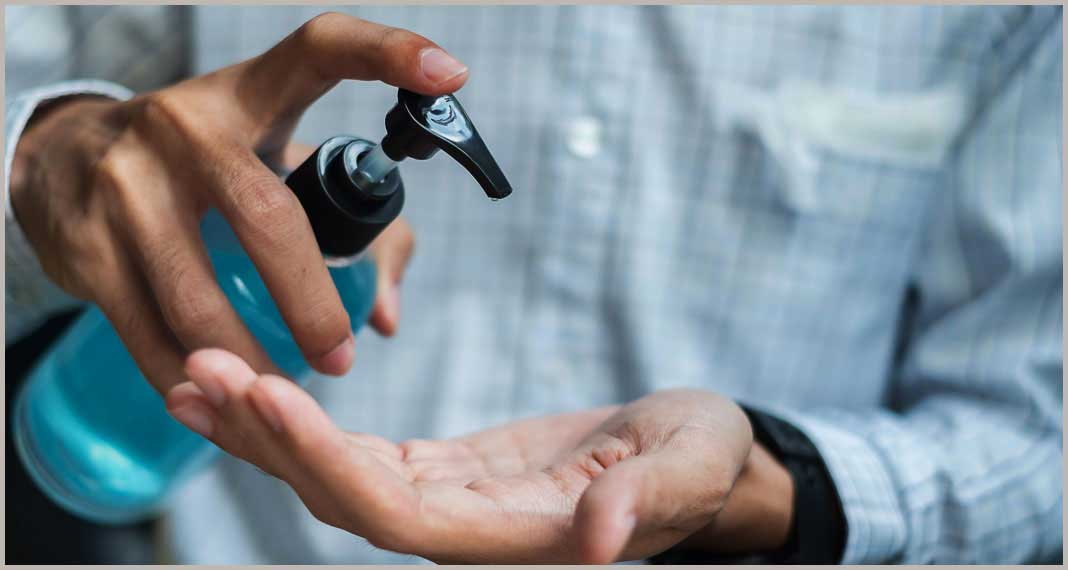
Your online cosmetic and personal care product packaging resource!
“One of the items that flew off the shelves and could not be kept in stock was alcohol-based hand sanitizers.”


n recent months, as cases of COVID-19 raged across the globe, many consumer products saw increased demand. Driven by worries of supply shortages, business closures, and travel restrictions, many shoppers faced long lines and empty shelves. One of the items that flew off the shelves and could not be kept in stock was alcohol-based hand sanitizers. As demand soared, existing hand sanitizer manufacturers could not keep up. In March, both the FDA and The Alcohol and Tobacco Tax and Trade Bureau issued temporary guidance allowing businesses to start making hand sanitizer while not needing to undergo typical inspections and oversight. Seeing a huge business opportunity, new companies sprang up to help fill the void. Even some distilleries shifted production from liquor to hand sanitizer to help meet the demand. Unfortunately, those relaxed regulations led to some urgent recalls.

Alcohol-based liquid, foam, and gel hand sanitizers have grown in popularity in recent years due to their convenience and effectiveness in helping to prevent disease transmission, when soap and water (the best choice to prevent disease transmission) are not available. According to the CDC, SARS-CoV-2, the coronavirus that causes COVID-19, is inactivated by hand sanitizers that contain at least 60% alcohol.
Alcohol kills most bacteria and viruses by disrupting proteins and lipids (fat) that make up the organism’s structure. Typically, hand sanitizers contain ethanol (ethyl alcohol) or isopropanol (isopropyl alcohol) as their active ingredient. These two types of alcohol are the only ones approved for use in hand sanitizer, not only because they are effective at killing viruses and bacteria, but also because of their safety profile. Unfortunately, some of the new manufactures, most located in Mexico, but also some from China and the U.S., used unapproved, toxic chemicals in their product formulations.
There have been two unapproved chemicals identified thus far - methanol (methyl alcohol) and 1-propanol.
Methanol is an alcohol composed of one-carbon molecules. In contrast, ethanol molecules contain two carbon atoms. It is this structural difference that makes methanol more toxic than ethanol. Once ingested, both substances are broken down in the liver by enzymes. Ethanol is ultimately converted to acetic acid, a component of vinegar. Methanol, however, is converted to formaldehyde and formic acid – both more toxic to the human body than acetic acid. It is the formaldehyde and formic acid byproducts of methanol that are responsible for its serious side-effects, which include nerve damage, blindness, kidney failure and death. Only a small amount of methanol need be ingested to cause these serious effects.
1-propanol is also an alcohol, and is composed of three-carbon molecules. It causes central nervous system depression similar to ethanol, but it is 2-4 times more neurotoxic. Side-effects of 1-propanol ingestion include confusion, loss of consciousness, shallow breathing, decreased heart rate, and death.
Ingestion of either of these chemicals can be life-threatening and is considered a medical emergency, and medical treatment should be sought immediately. If you are concerned that you may have purchased a brand of hand sanitizer that is on the FDA recall list, you can check that list HERE. December 2020
C O S M E T I C P A C K A G I N G I N S I D E R
Your online cosmetic and personal care product packaging resource!



